News
20 Time-Honored Military Habits That Baffle Most Civilians
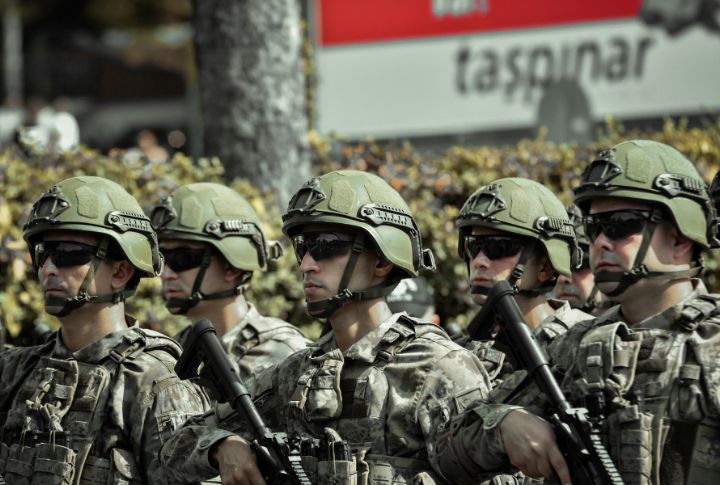
Some things just don’t make sense unless you’ve worn the uniform. Military life is filled with rituals that seem puzzling to outsiders. Over time, these habits become second nature to those who serve, while civilians are left scratching their heads. Let’s unpack 20 long-standing military traditions that continue to confuse or simply baffle most people.
Silent Chow Time
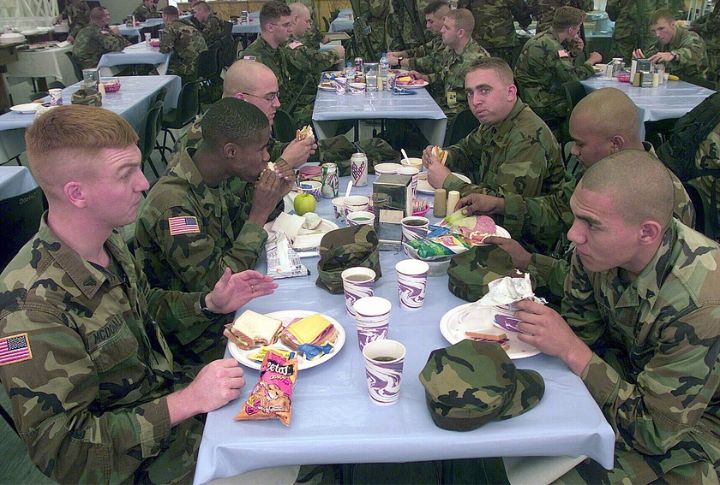
Meals during boot camp aren’t social. They’re structured and silent. Recruits have around 15 minutes to eat while keeping their heads down. No talking, no glancing around. Drill sergeants speak if needed, but trainees don’t. It’s about mental training to learn the discipline of silence under pressure.
The Midnight March
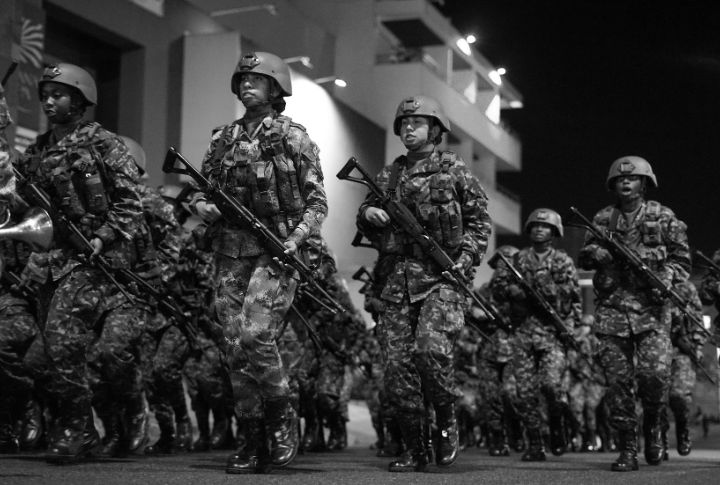
Some call it a rite of passage. Others remember it as the moment everything changed. Over 12 miles, 70 pounds strapped on tight, and no sleep in sight. The midnight ruck march doesn’t care about comfort; it reveals character. There’s pain and the growing awareness that quitting isn’t an option.
Tapping The Sign
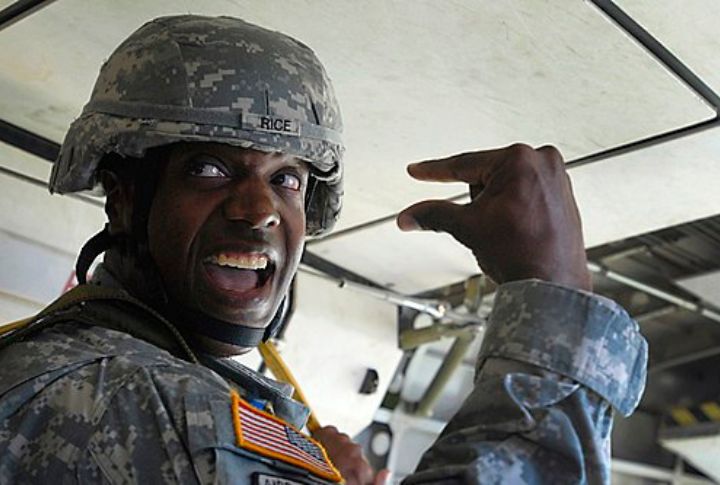
Right before stepping into danger, some hands reach up and tap a small sign overhead. In some units, it reads: “Through These Doors Walk Heroes.” The roots go back to WWII paratroopers. It’s like walking into the unknown with shared conviction, one tap at a time.
Uniform Bonfires
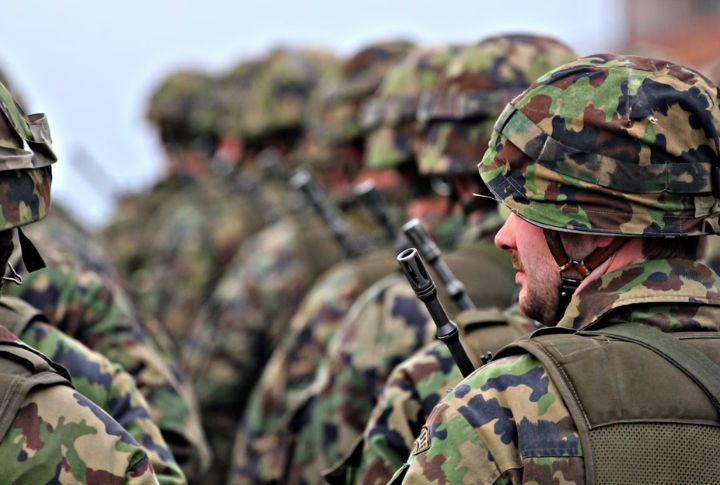
After deployment, some gather in silence, and some laugh. A uniform goes into the fire. It’s not required. But for many, it’s a way to let go. It’s kind of a ritual of release. In small groups, the burn feels like the closure that no speech or medal can offer.
The Grog Bowl
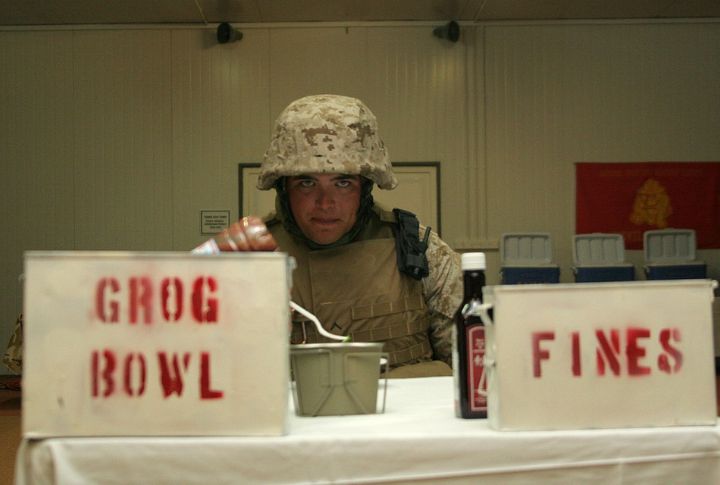
No one really wants to know what’s in it—but mess up at a military dinner, and you’ll find out. The grog bowl might hold hot sauce, stale coffee, or even a pickle. The mix is always awful on purpose. Still, drinking it turns embarrassment into shared laughter.
Coin Check Culture
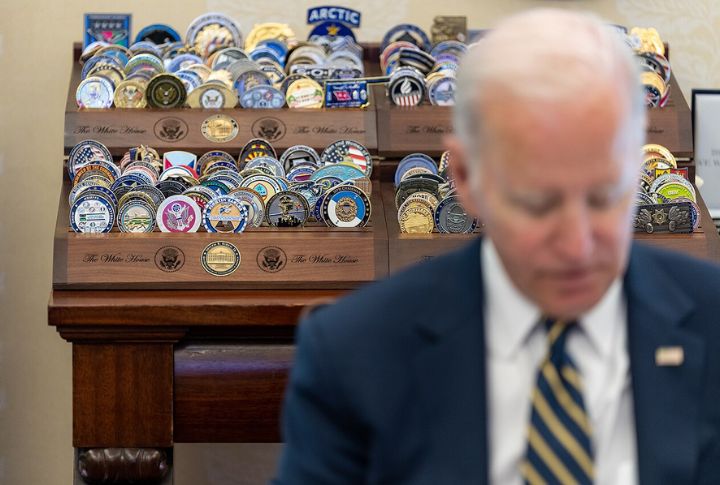
One quick slap of metal on the bar, and the challenge is on. If you can’t flash your coin, you’re paying for drinks. It seems like a game, but it runs deep. These coins honor missions, rank, and brotherhood—some tell jokes, others tell stories that only survivors understand.
Weapon Names
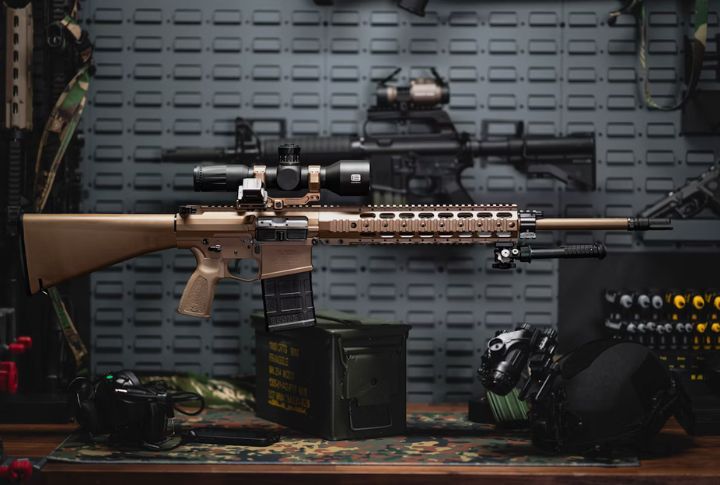
A rifle’s more than just gear once it has a name. Recruits often name their weapons during training. It helps build a bond and a sense of responsibility. Some go for tough names, others for humor: “Betsy,” “Thunderstick,” even “Elsa.” Strange? Maybe. But names bring personality to the military routine.
The Sir Sandwich
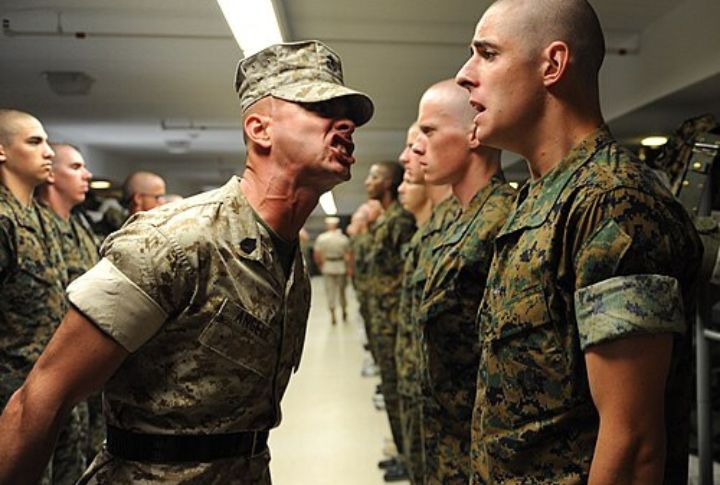
Every sentence to an instructor must begin and end with “sir” or “ma’am.” It’s called the “sir sandwich,” and it’s non-negotiable in basic training. “Sir, yes sir!” may sound funny to outsiders, but it drills in respect fast. Mess it up, and you’ll repeat it until it sticks for good.
Spotless Gear

In some rooms, the gear looks untouched, but don’t be fooled. It’s been cleaned half a dozen times already. This ritual builds discipline and forces attention to detail. Soldiers polish until it hurts their hands. And if you think that’s extreme, try scrubbing seams with a toothbrush because they do.
Perfect Sync
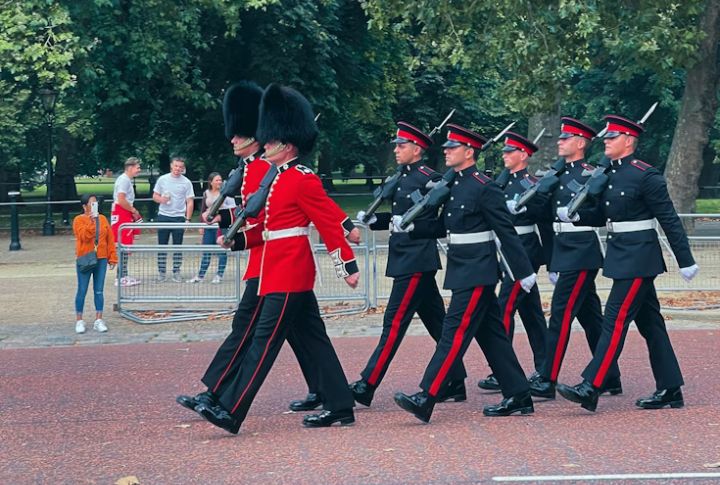
Marching means moving exactly together—left foot, right foot, same pace, same direction. It’s a way to show discipline without saying a word. If one person slips up, it stands out immediately. That kind of precision builds trust, especially when every movement counts in high-pressure moments.
Buzzed On Day One
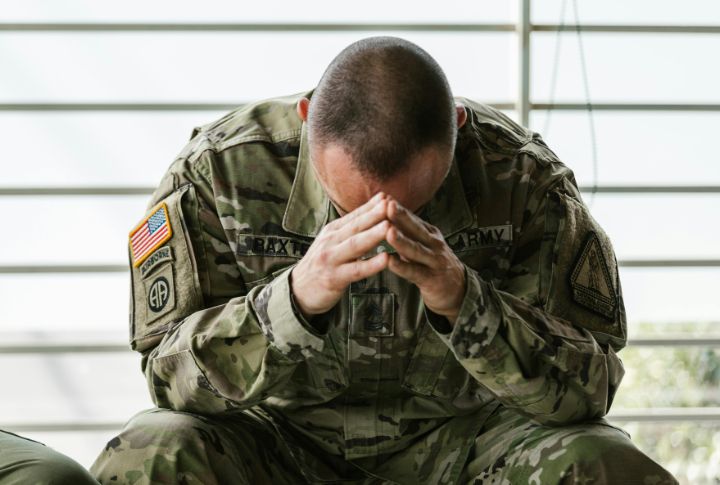
The clippers buzz louder than expected. On that first day of boot camp, everyone gets the same cut: bare scalp, no questions. It’s practical, sure, but it’s also psychological. Stripped of identity, everyone starts equal. Later, some keep the clippers. Others just remember not recognizing the guy who bunked beside them.
Parade Rest
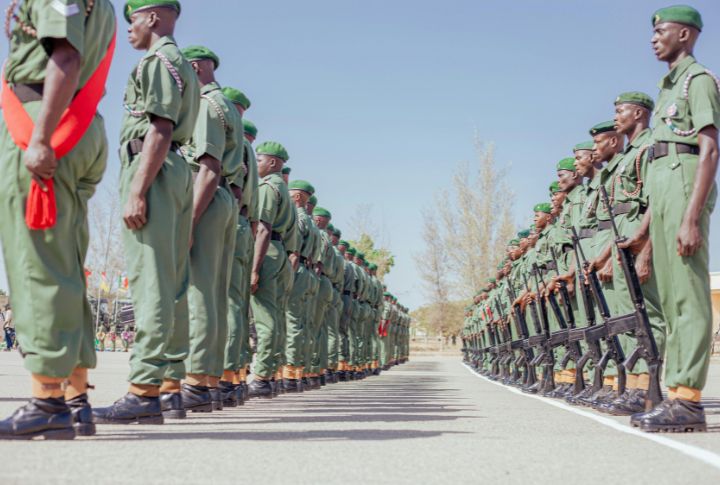
Hours pass, and the position never changes. Parade rest is a symbol as much as a stance. No leaning, no shifting, just stillness under the sun or rain. Those who break the form face the consequences. It’s tough and entirely on purpose. Sometimes, discipline just needs silence and a strong back.
The Stomp Entrance
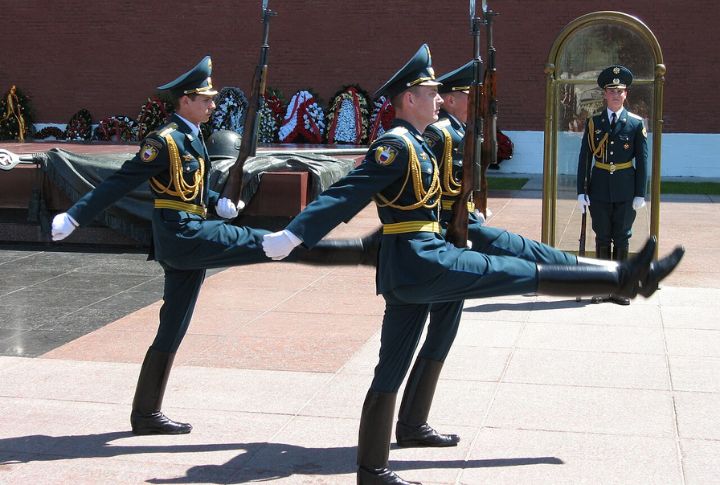
The door swings open, and there it is. A loud stomp announces arrival, mostly in training units. It started as a practical way to signal presence during inspections or in shared spaces. Over time, it stuck. Some carry it home out of habit, stomping into kitchens like they’re back in the barracks.
Ranks Before Names
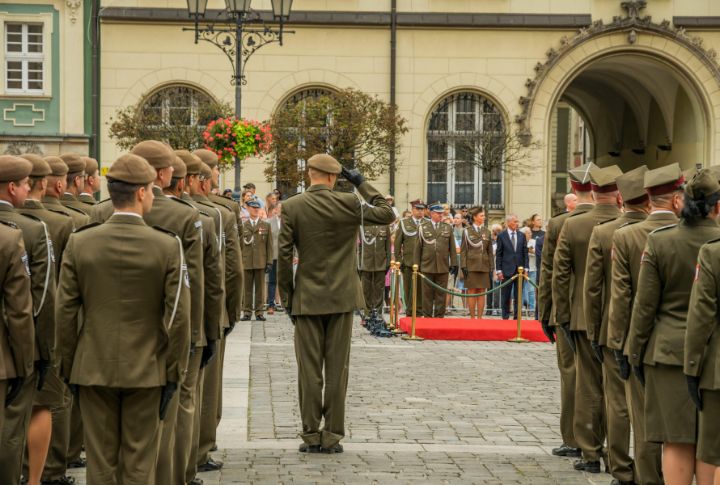
There’s no time for casual talk when commands need to be sharp. In the military, every sentence starts with the rank. It keeps things clear and controlled. Even off-duty, the habit sticks. Families pick it up too. Around some dinner tables, “Yes, Sergeant” comes out naturally, boots off or not.
Acronym Overload
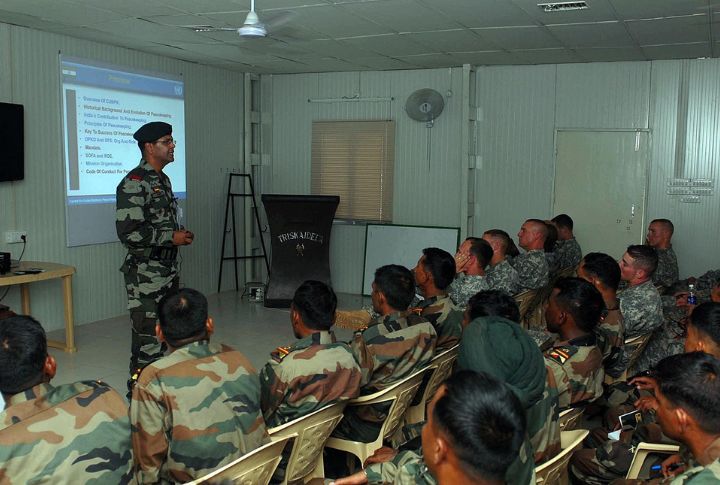
The military speaks its own language—and it’s almost all acronyms. Terms like MRE (Meal, Ready-to-Eat), FOB (Forward Operating Base), and AO (Area of Operations) get tossed around daily. Some, like FUBAR (Fouled Up Beyond All Recognition), are crude but classic. Explaining them becomes a reflex, even when everyone already knows.
Handshake Signals
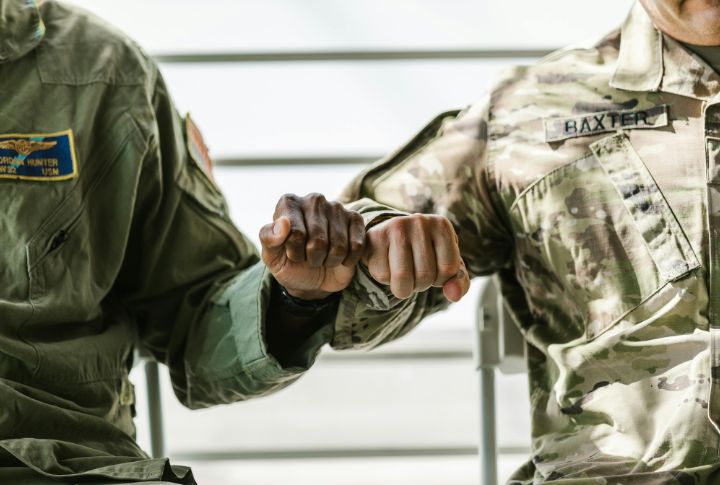
Military handshakes can mean more than a greeting. Sometimes, a challenge coin is passed during the shake. Each coin marks a moment of service, a mission, or a leader. The rare ones aren’t flashy, but they carry serious respect among those who know what they represent.
The Wall Locker Display
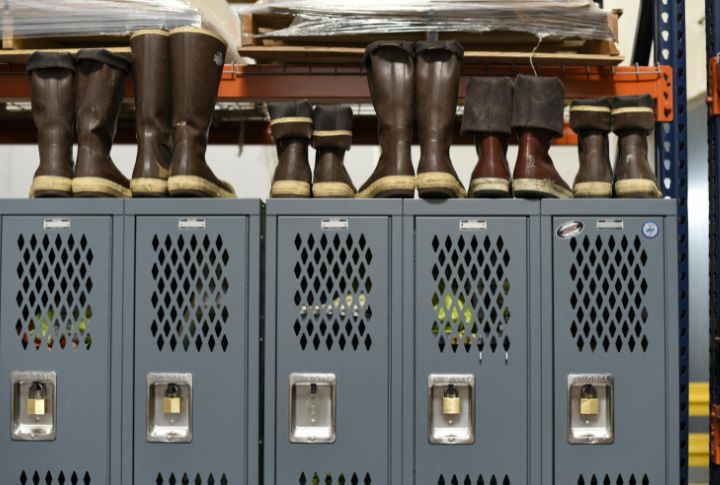
It’s not enough to be organized—gear must be arranged with perfection. Boots at a sharp angle, shirts folded into exact squares, everything spaced just right. One loose thread can lead to extra duty. To civilians, it looks obsessive. To recruits, it’s survival until inspection ends.
Saluting A Jeep
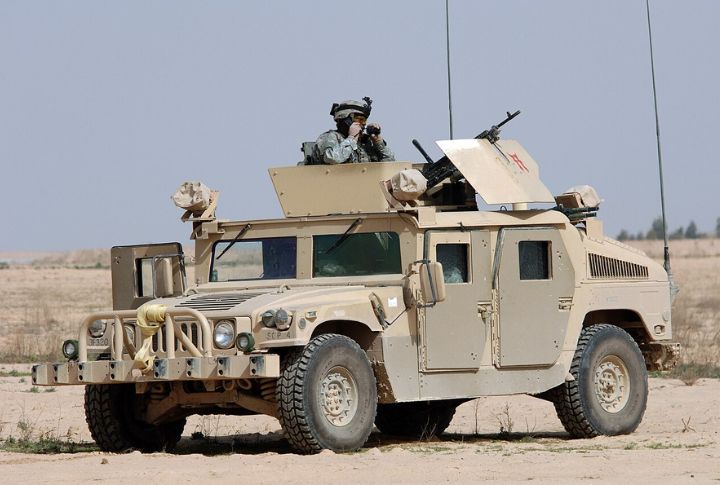
See a vehicle roll by with officer flags or insignia? You salute it no matter who’s inside. It’s tradition and regulation. Sometimes, there’s no one inside at all. Still, the salute goes up. Civilians nearby might follow suit, not even knowing why. It’s one of those rules that becomes automatic over time.
Dog Tags Around The Clock
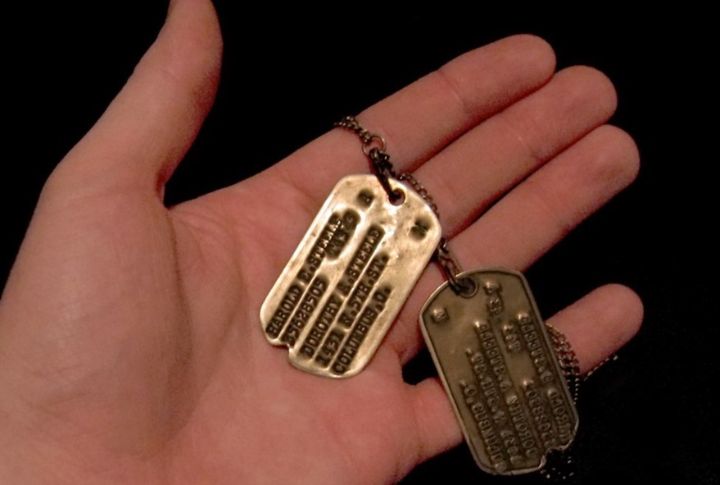
They clink when you run, lie cold against the chest at night, and never come off in the field. Dog tags are vital for ID, especially in combat zones. Some tuck one in their boot in case the chain breaks. They’ve changed materials over the years, but not their purpose or the weight they carry.
Permission To Speak
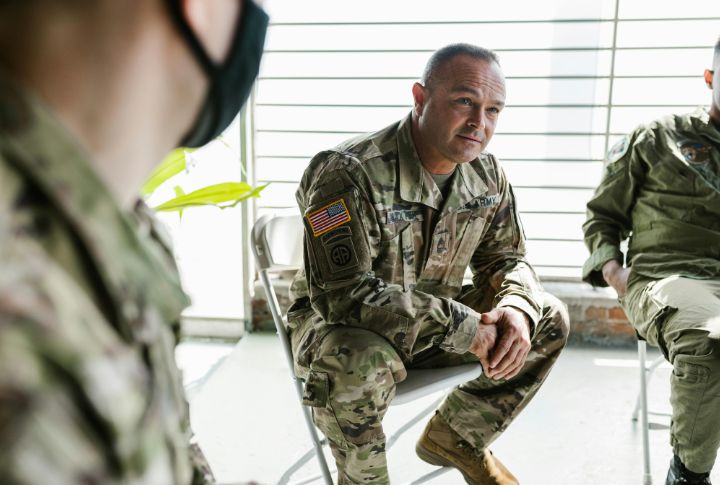
In basic training, silence is encouraged and enforced. Even to ask a question, recruits must request permission. “Sir, request permission to speak.” That includes asking to use the restroom. It’s about learning the value of timing and respect. And for some, that habit never fully fades.

